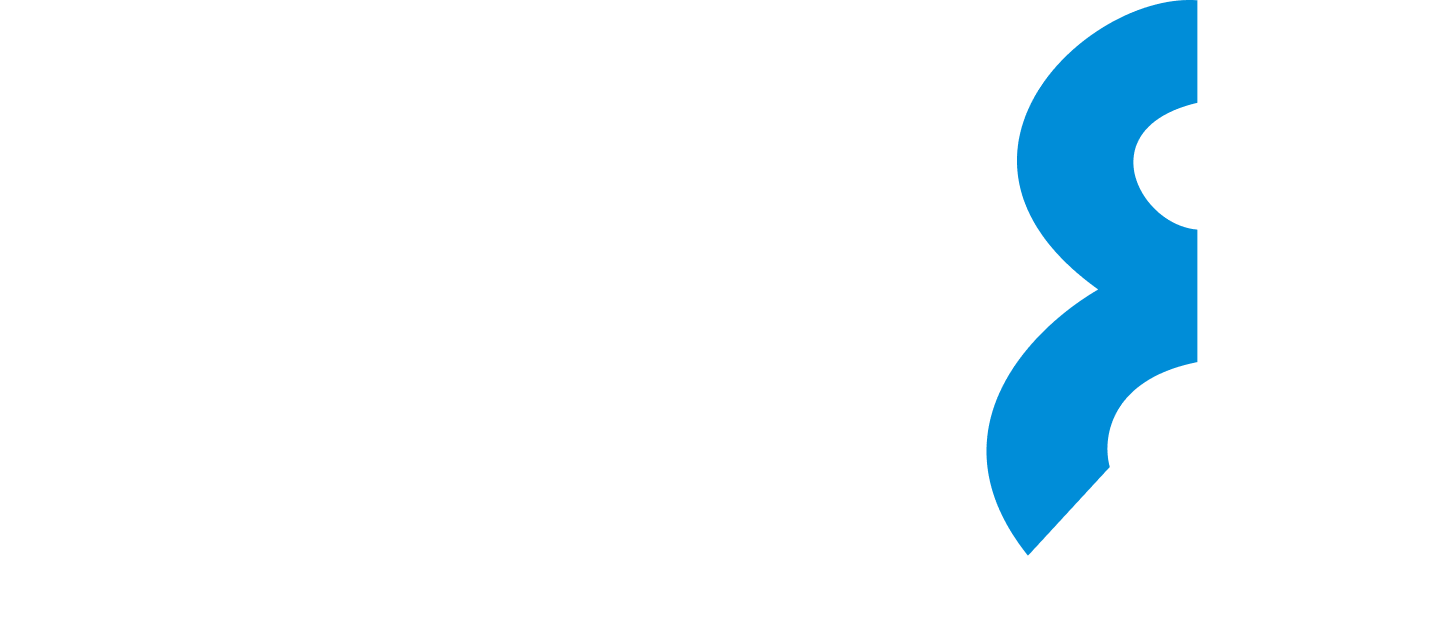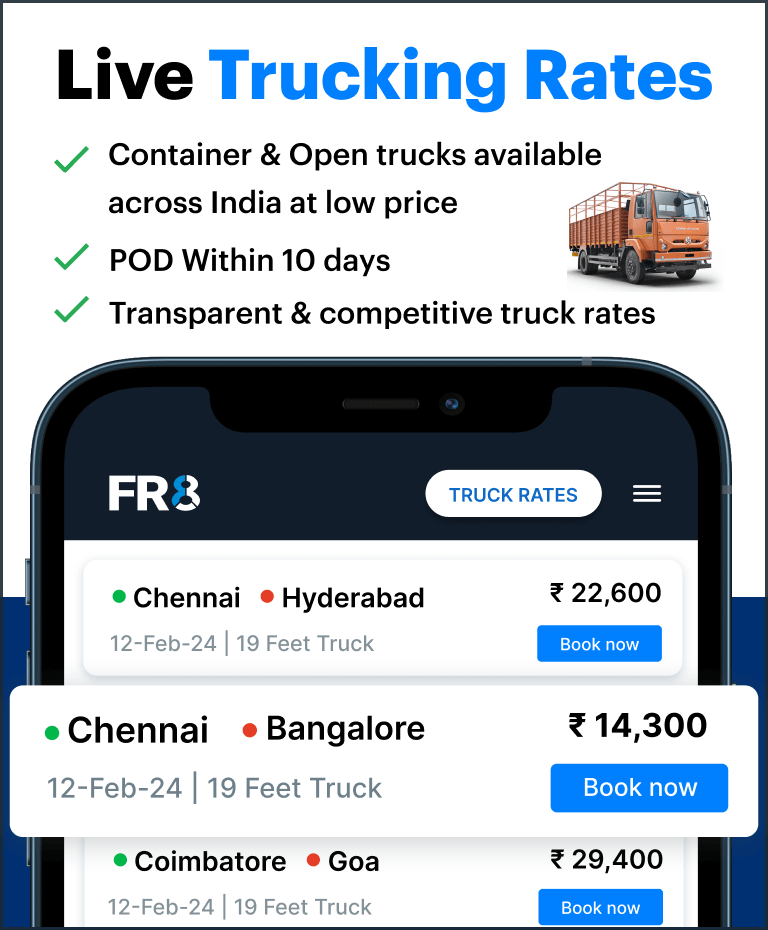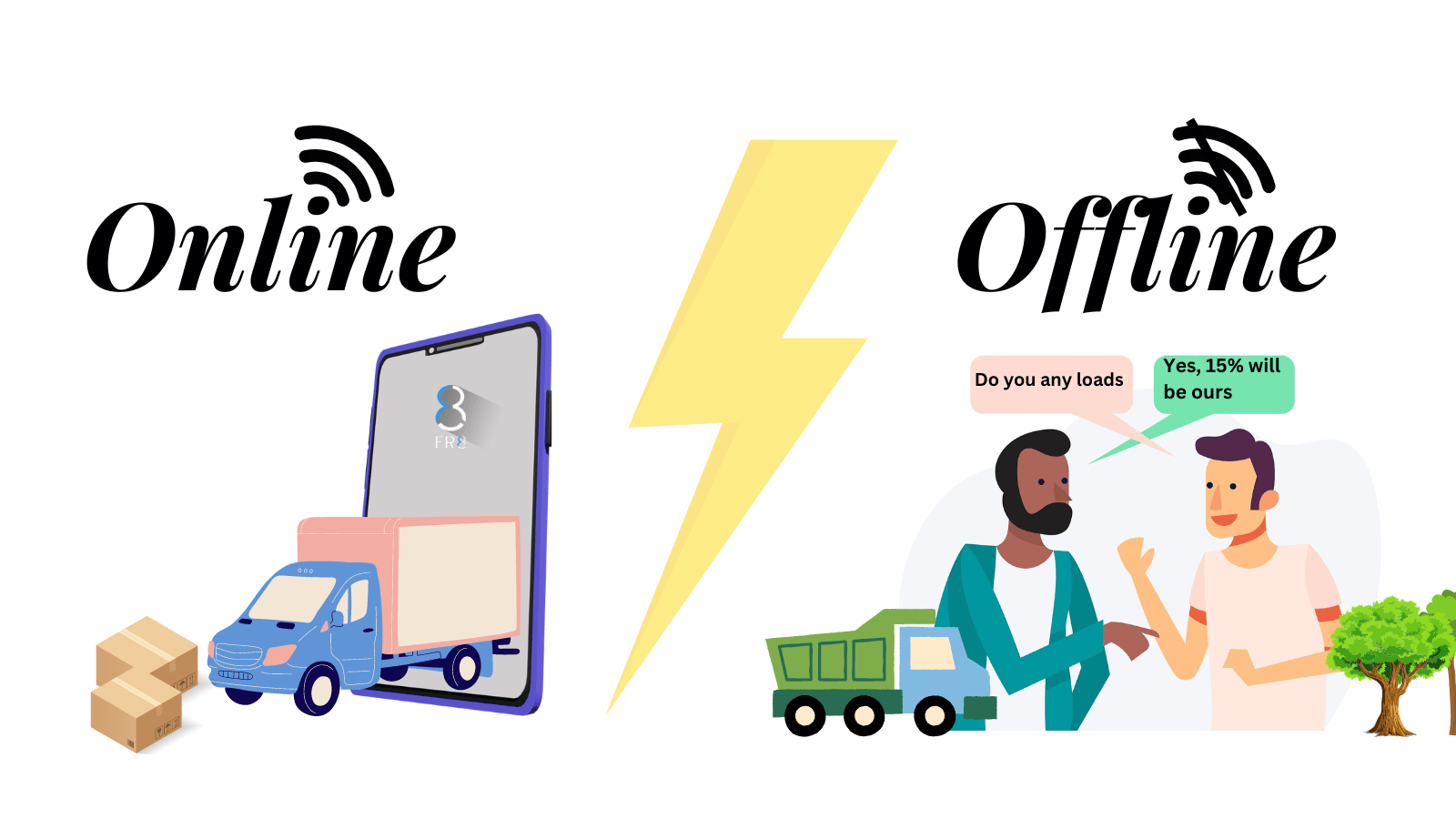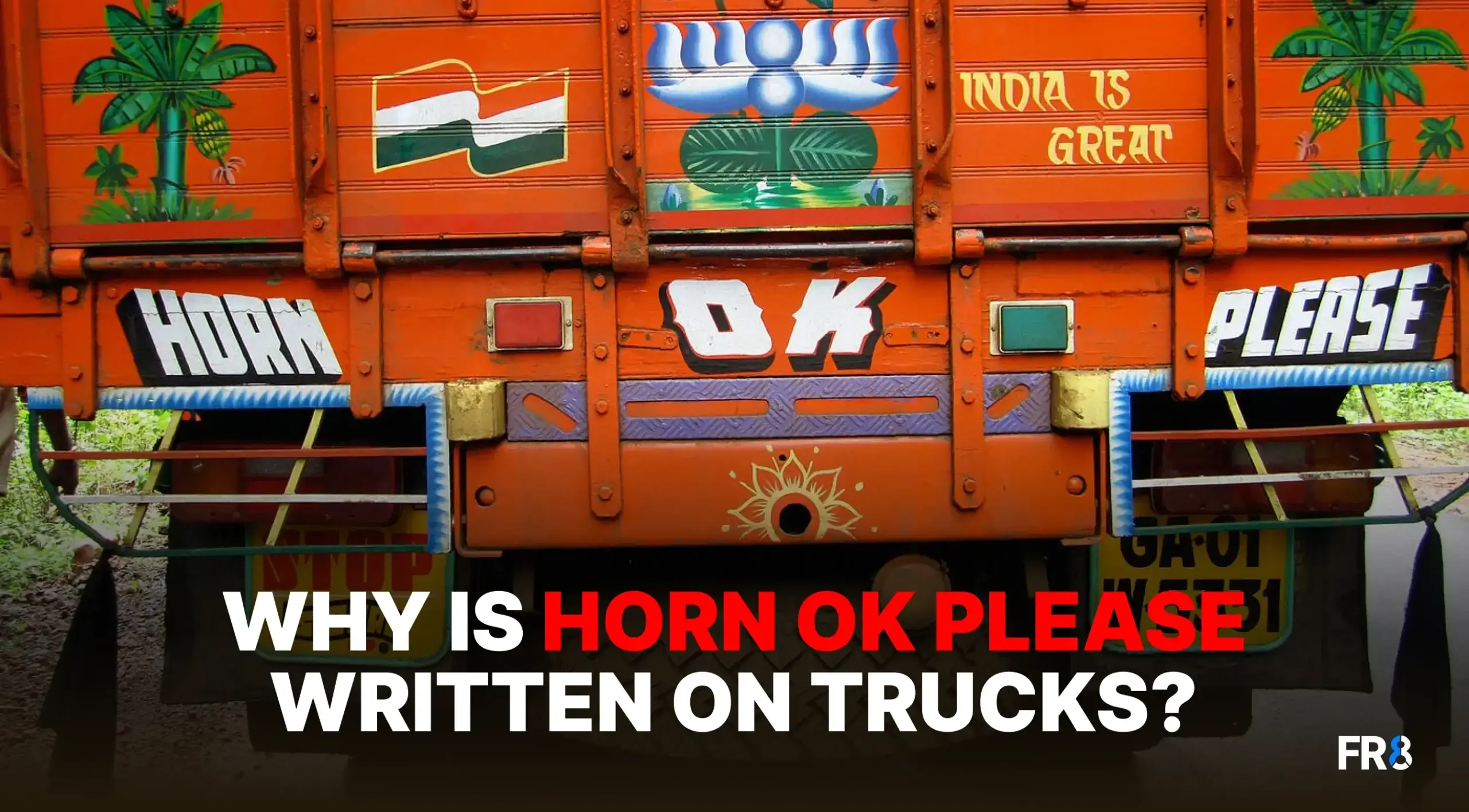
“Horn OK Please” is a phrase commonly seen on trucks and buses across India. It indicates drivers behind to honk before overtaking. Originally useful on narrow roads, it became a huge part of Indian road culture.
However in 2015, Maharashtra Government banned “Horn OK Please” to reduce unnecessary honking and noise pollution.
Bal Malkit Singh, from the All India Motor Transport Congress, supported this ban, saying it was necessary in the past but less so now with improved roads. He also added, with wider roads and better vehicle technology today, lights and indicators are more effective for signaling.
Table of Contents
Theories Surrounding “Horn OK Please” on Indian Trucks
The phrase “Horn OK Please” painted on the back of trucks in India has various theories and assumptions. Some common ones are:
1. To Prevent Overtaking
In the past, Indian roads were often narrow, making overtaking risky. Trucks, with their limited rear visibility, needed a way to signal to vehicles behind them that it was safe to pass. To solve this, trucks had a bulb above the “OK” sign. When lit, this bulb signaled to drivers behind that they could overtake safely.
This practical solution eventually evolved into the familiar phrase “Horn OK Please.” It not only helped make overtaking smoother but also became a well-known sight on Indian highways, showing how drivers found clever ways to communicate and improve road safety. But the question is why is it “Horn Ok Please” instead of “Horn Please”?
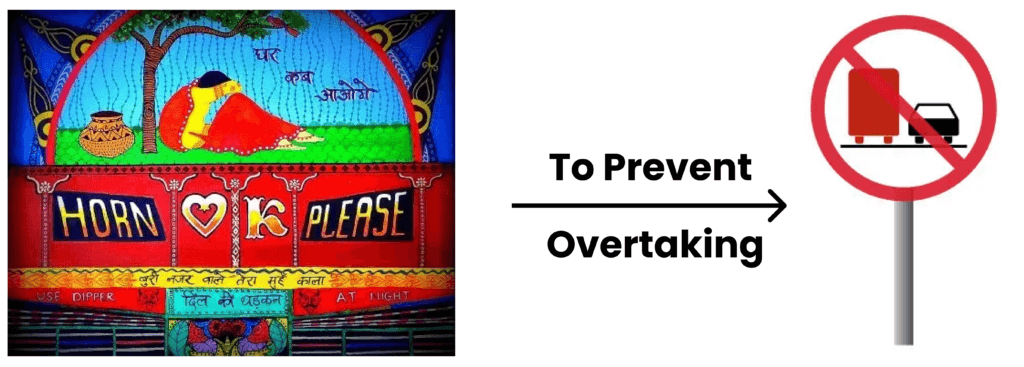
2. OK indicating “On Kerosene”
During World War II, there was a shortage of diesel fuel globally. This scarcity forced transport drivers to consider alternative fuels, such as kerosene, to keep their vehicles running. Kerosene, being more volatile and flammable compared to diesel, created safety challenges on the roads.
To alert vehicles behind them, truck drivers may have adopted OK (stands for On Kerosene) for clear warning to other drivers.
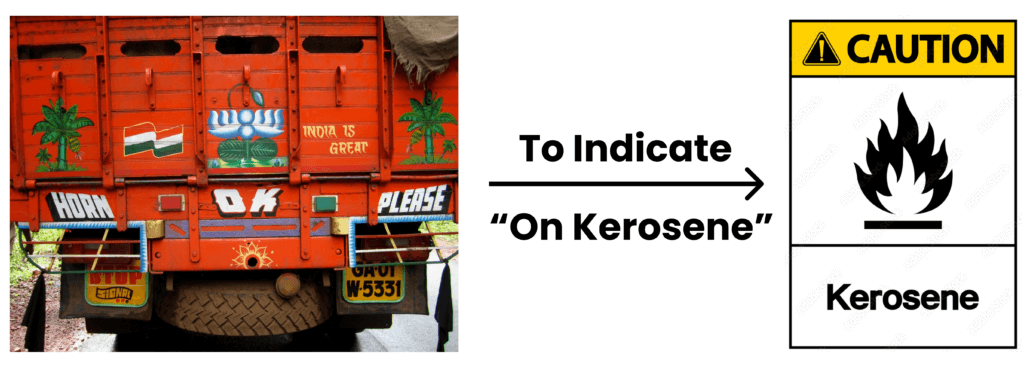
3. Promotion of Tata’s “OK” Soap
One of the theories suggests that Tata, a prominent company in India, introduced a soap called “OK” and promoted it through truck signage.
In the early days, most of the trucks in India were manufactured by the TATA Group. During these times, Tata Oil Mills Ltd. Co (TOMCO) introduced a detergent called “OK”. In order to market their detergent they used trucks as billboards to advertise their soap OK by painting “OK”. The brand had a lotus flower which in turn became evident that “Horn Ok Please” may have derived from Tata’s “OK” soap. Thus it became “Horn OK Please”. A few years and as time went by the OK sort of became a part of the initial paint itself.
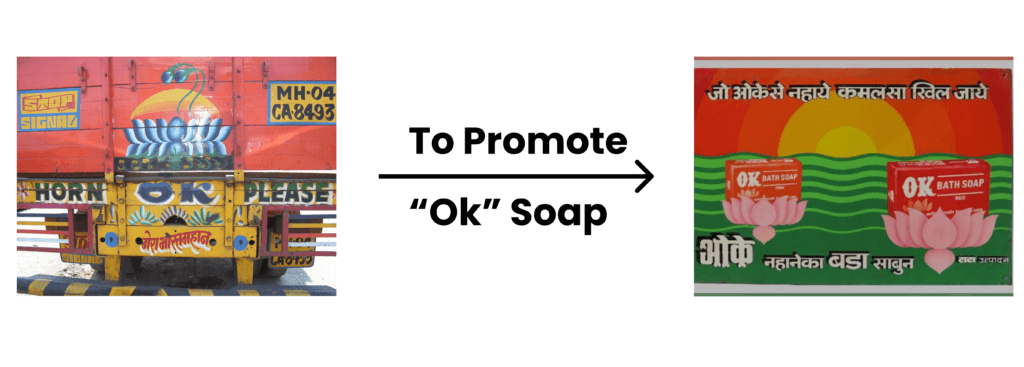
Conclusion
As roads evolve with modern communication and safety measures, the memories of “Horn OK Please” remain the same. They remind us of a time when a painted phrase signaled both caution and unity among drivers on India’s busy roads.

Yoga Laxmi
Sometimes English is just silly. That's what got me hooked on writing in the first place. Why on earth can't "grateful" be spelled "greatful"? Here's the thing, I love untangling the knots of language just as much as I love untangling the complexities of logistics. In my blog posts, I'll do both! No "greatful" mistakes here, just good info and a smooth journey through the world of shipping.
